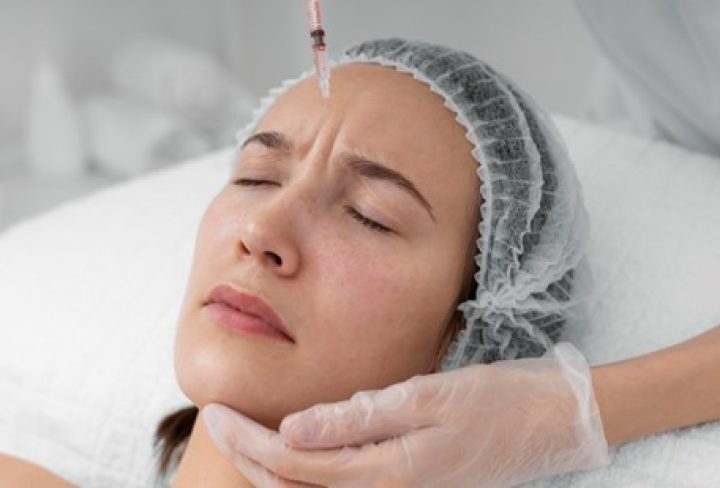Understanding Skin Grafts:
· What is skin grafting?
· Skin grafting is a surgical technique that involves transferring healthy skin from one area of the body to another damaged or missing skin area.
· It is commonly used to treat burns, wounds, injuries, and certain skin conditions, helping to restore both the appearance and functionality of the affected area.
Types of Skin Grafts:
· Full-thickness grafts:
· In this type of graft, the surgeon transplants the entire thickness of the skin, including the top layer (epidermis) and the layer beneath (dermis), from a healthy donor site to the recipient site.
· Full-thickness grafts offer excellent cosmetic results and are suitable for smaller areas.
· Split-thickness grafts:
· Split-thickness grafts involve taking a thin layer of skin, usually from the thigh or buttock, and transplanting it to the recipient site.
· This type of graft is commonly used for larger areas and allows for faster healing.
Benefits of Skin Grafts:
· Restored appearance:
· Skin grafts can help improve the appearance of areas affected by burns, scars, or other skin injuries.
· By transplanting healthy skin, grafts promote the growth of new skin cells, resulting in a smoother and more even complexion.
· Enhanced functionality:
· Skin grafts not only improve the appearance but also enhance the functionality of damaged skin areas.
· They promote wound healing, reduce pain, and restore mobility, allowing you to resume your daily activities with greater comfort.
· Boosted self-confidence:
· By restoring your skin’s beauty and functionality, skin grafts can have a positive impact on your self-esteem.
· Feeling more comfortable and confident in your own skin can improve various aspects of your life, including social interactions and personal well-being.
The Skin Grafting Process:
· Evaluation and consultation:
· During your consultation, a qualified surgeon will assess your specific needs, examine the affected area, and discuss the potential benefits and risks of the procedure.
· This evaluation helps determine the most suitable type of graft and the expected outcome.
· Surgical procedure:
· Skin grafting is typically performed under local or general anesthesia, depending on the extent of the procedure.
· The surgeon carefully removes healthy skin from the donor site and transplants it onto the recipient site.
· The graft is secured in place with sutures, staples, or medical adhesive, and a dressing is applied to protect the area.
· Recovery and aftercare:
· Following the procedure, it’s crucial to follow your surgeon’s post-operative instructions for optimal healing.
· This may include keeping the graft site elevated, avoiding strenuous activities, and following a specific wound care regimen.
· Regular follow-up appointments will be scheduled to monitor the healing process and address any concerns.
The Art of Skin Grafting” has shed light on the transformative power of skin grafting in restoring your skin’s radiance. Whether you seek to improve your appearance, regain functionality, or boost your self-confidence, skin grafts offer a promising solution. Remember, consulting with a qualified surgeon is crucial to determine the best approach for your unique needs.


